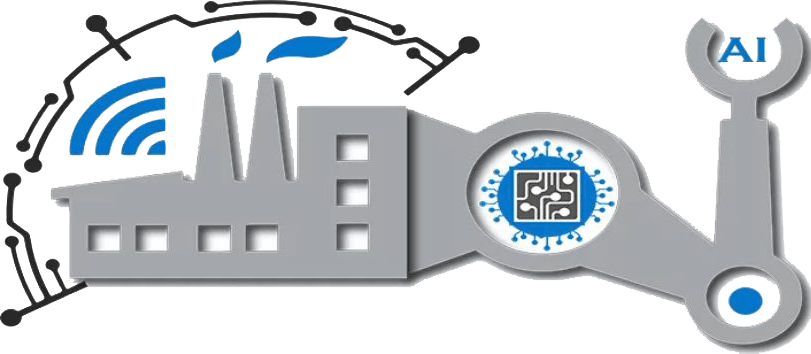Transformative Strategies in the Age of Hyperconnectivity
Abstract:
In the landscape of contemporary business, Marketing 5.0 emerges as a paradigm that transcends traditional marketing approaches, harnessing the power of advanced technologies and hyperconnectivity. This comprehensive paper delves into the intricacies of Marketing 5.0, exploring its key components, applications, challenges, and the profound impact it carries in reshaping the dynamics of modern marketing.
1. Introduction:
Marketing 5.0 signifies a seismic shift in the world of marketing, propelled by the convergence of digital technologies, data analytics, and customer-centric strategies. As businesses navigate an era of unprecedented connectivity, this paper examines the multifaceted dimensions of Marketing 5.0, where the customer is not just a recipient but an active participant in the marketing ecosystem.
2. Key Components of Marketing 5.0:
a. Data-Driven Personalization: Marketing 5.0 leverages advanced analytics and artificial intelligence to delve into vast datasets. This enables the creation of personalized, hyper-targeted campaigns that resonate with individual consumer preferences, behaviors, and needs.
b. Omni-Channel Integration: The seamless integration of multiple marketing channels characterizes Marketing 5.0. From traditional advertising and social media to emerging platforms, marketers strive for an omni-channel approach to create a cohesive brand experience across diverse touchpoints.
c. Interactive and Immersive Content: Marketing 5.0 places a premium on interactive and immersive content experiences. Augmented reality (AR), virtual reality (VR), and interactive multimedia content become integral tools for engaging consumers in a dynamic and participatory manner.
3. Applications in Marketing 5.0:
a. Customer Journey Mapping: Marketing 5.0 emphasizes mapping the customer journey comprehensively. Through data analytics and AI, marketers gain insights into each touchpoint, allowing for personalized interactions at every stage of the customer’s purchasing decision.
b. Influencer Marketing 2.0: The evolution of influencer marketing in Marketing 5.0 involves strategic collaborations with influencers who align not only with a brand but also with its values. Authenticity and genuine connections take precedence over mere reach.
c. Predictive Analytics for Campaign Optimization: Marketing 5.0 embraces predictive analytics to optimize marketing campaigns. Machine learning algorithms analyze historical data to forecast future trends, enabling marketers to proactively adjust strategies for maximum impact.
4. Challenges and Considerations:
a. Data Privacy and Ethical Concerns: The abundance of consumer data in Marketing 5.0 raises concerns about privacy and ethical use. Marketers must navigate the fine line between personalization and respecting consumer privacy, adhering to evolving regulations and ethical standards.
b. Technology Integration Complexity: The integration of diverse technologies in Marketing 5.0 poses a challenge. Marketers need to navigate the complexities of implementing and synchronizing various tools, ensuring a seamless and coherent marketing infrastructure.
5. Future Implications:
Marketing 5.0 envisions a future where marketing strategies are not just adaptive but anticipatory. The integration of advanced technologies aims to create a marketing landscape that is more responsive, customer-centric, and capable of fostering lasting brand-consumer relationships.
6. Customer-Centric Marketing Evolution:
a. Community Building and User-Generated Content: Marketing 5.0 emphasizes community building. Brands actively engage in creating communities where users contribute content, share experiences, and become advocates, fostering a sense of belonging.
b. Dynamic Customer Feedback Loops: The customer feedback loop in Marketing 5.0 becomes dynamic and real-time. Brands actively seek and respond to customer feedback, adjusting strategies based on continuous input to enhance customer satisfaction and loyalty.
Conclusion:
As Marketing 5.0 unfolds, the marketing landscape undergoes a radical transformation. The integration of advanced technologies not only enhances customer engagement but also propels marketing into a realm where creativity, data-driven insights, and ethical considerations converge to redefine the essence of brand-consumer relationships.
